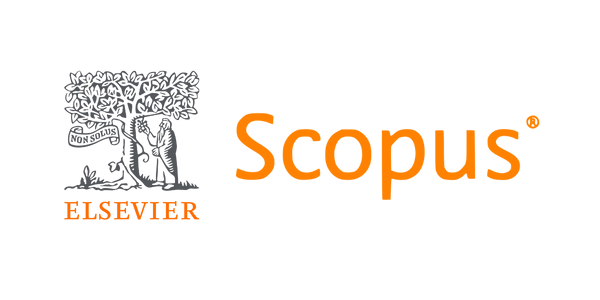Detection of Early Onset Nephropathy in Children with Sickle Cell Anaemia in Calabar, Nigeria Using Microalbuminuria
DOI:
https://doi.org/10.61386/imj.v18i3.715Keywords:
Sickle cell, Nephropathy, Children, NigeriaAbstract
Background: Asymptomatic nephropathy in children with sickle cell anaemia starts in childhood and may progress to overt renal dysfunction in adult life. This study was carried out to detect early asymptomatic nephropathy in children with sickle cell anaemia (SCA) in steady state using microalbuminuria.
Methods: A cross-sectional study of 80 children aged 2 to 16 years, with sickle cell anaemia in steady state. Sociodemographic data, hydroxyurea use, packed cell volume (PCV) and number of blood transfusions given, were recorded. Two consecutive spot urine samples were collected for urinalysis and urinary albumin/creatinine estimations. Data were analysed using SPSS 22, with a p-value < 0.05 considered significant.
Results: Microalbuminuria was prevalent in 25% of the subjects. Urine albumin/creatinine ratio had significant negative correlation with steady state PCV. Body mass index, blood pressure, number of blood transfusions and use of Hydroxyurea, had no relationship with microalbuminuria.
Conclusions: Microalbuminuria was seen in children with sickle cell anaemia in our environment; hence, its early screening is recommended.
Downloads
Published
License
Copyright (c) 2025 Uzomba CI, Nsa EI, Brown ES, Enyuma CO, Ekpe LE, Ineji EO, Etuk IS, Asindi AA

This work is licensed under a Creative Commons Attribution 4.0 International License.









